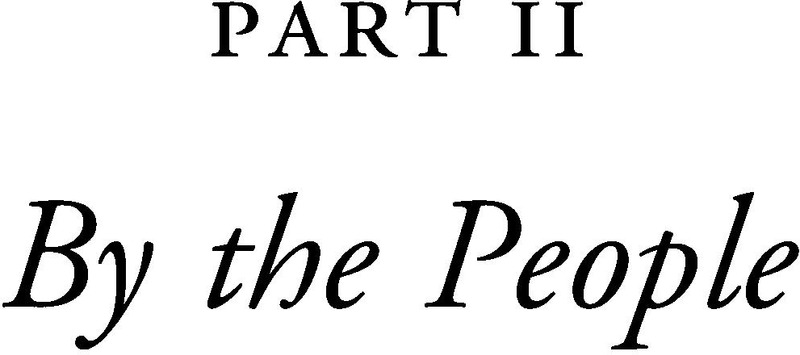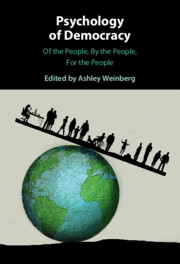Part II - By the People
Published online by Cambridge University Press: 24 February 2022
Summary

- Type
- Chapter
- Information
- Psychology of DemocracyOf the People, By the People, For the People, pp. 171 - 304Publisher: Cambridge University PressPrint publication year: 2022



